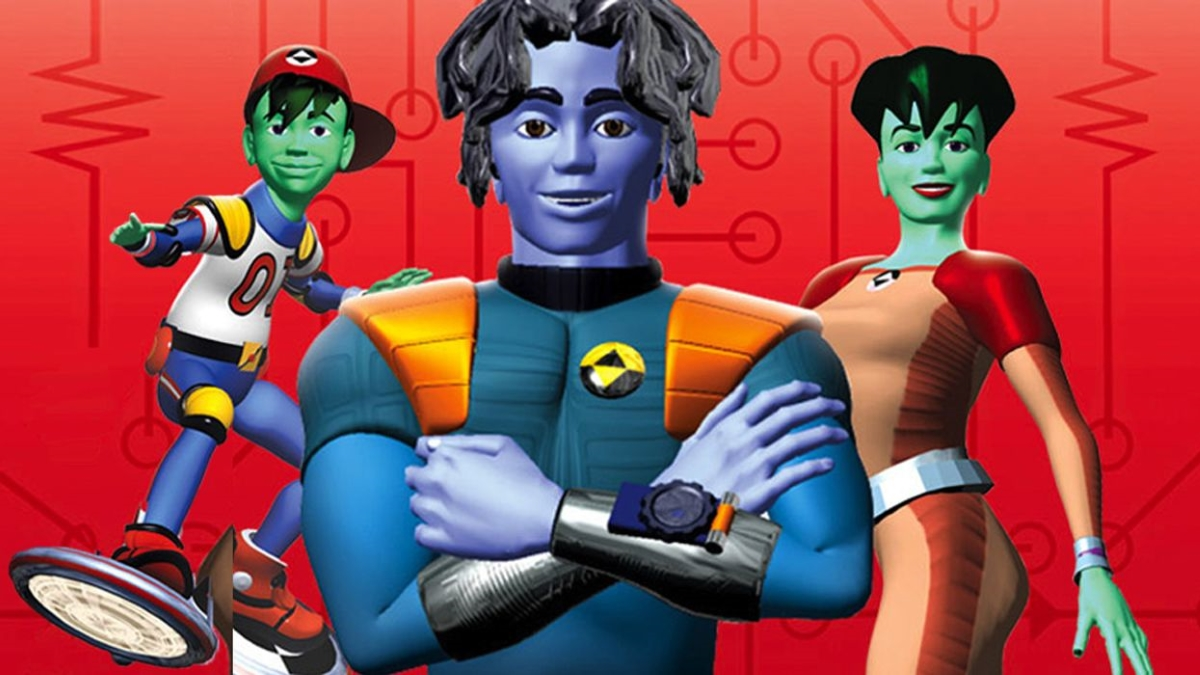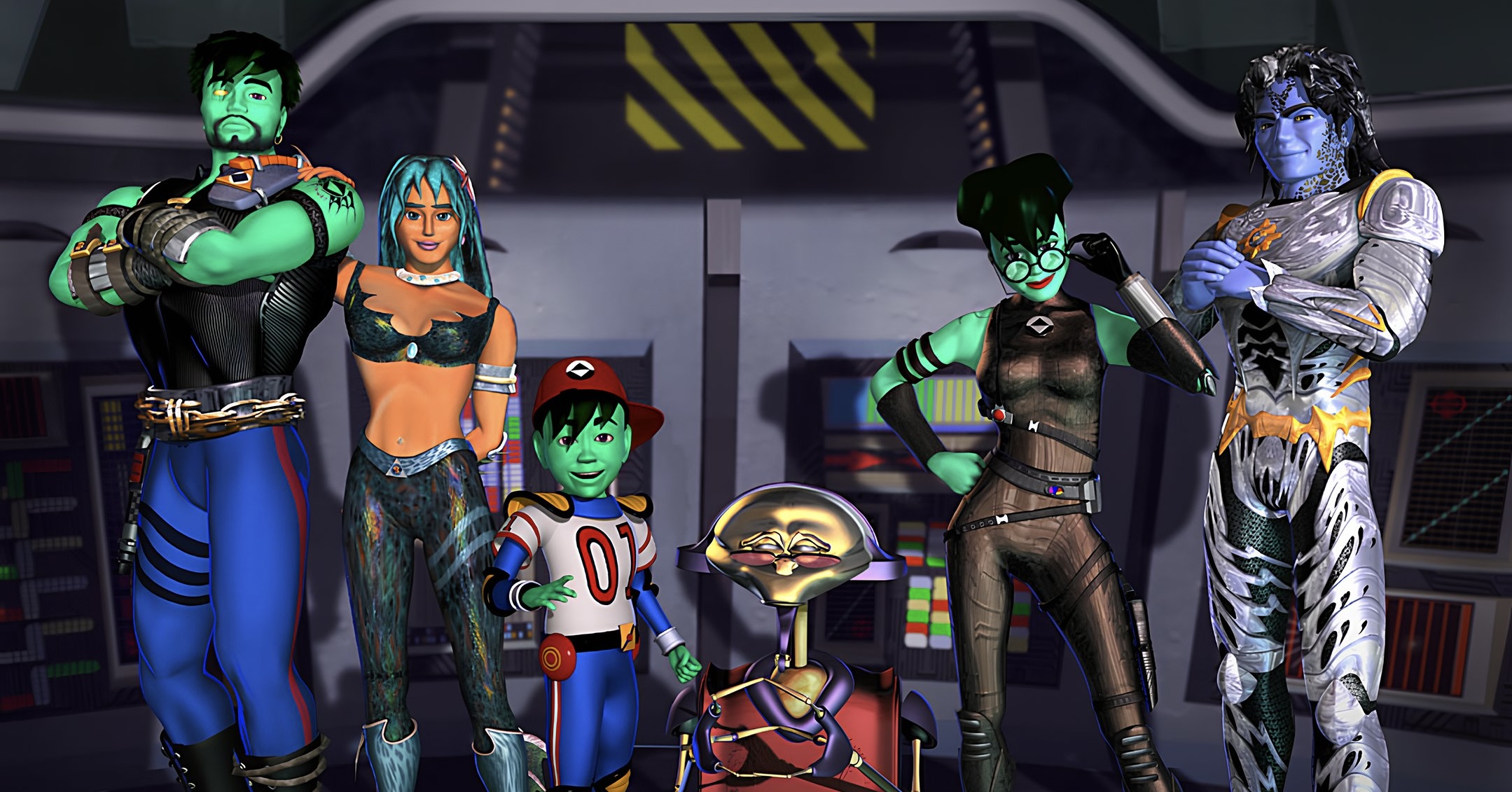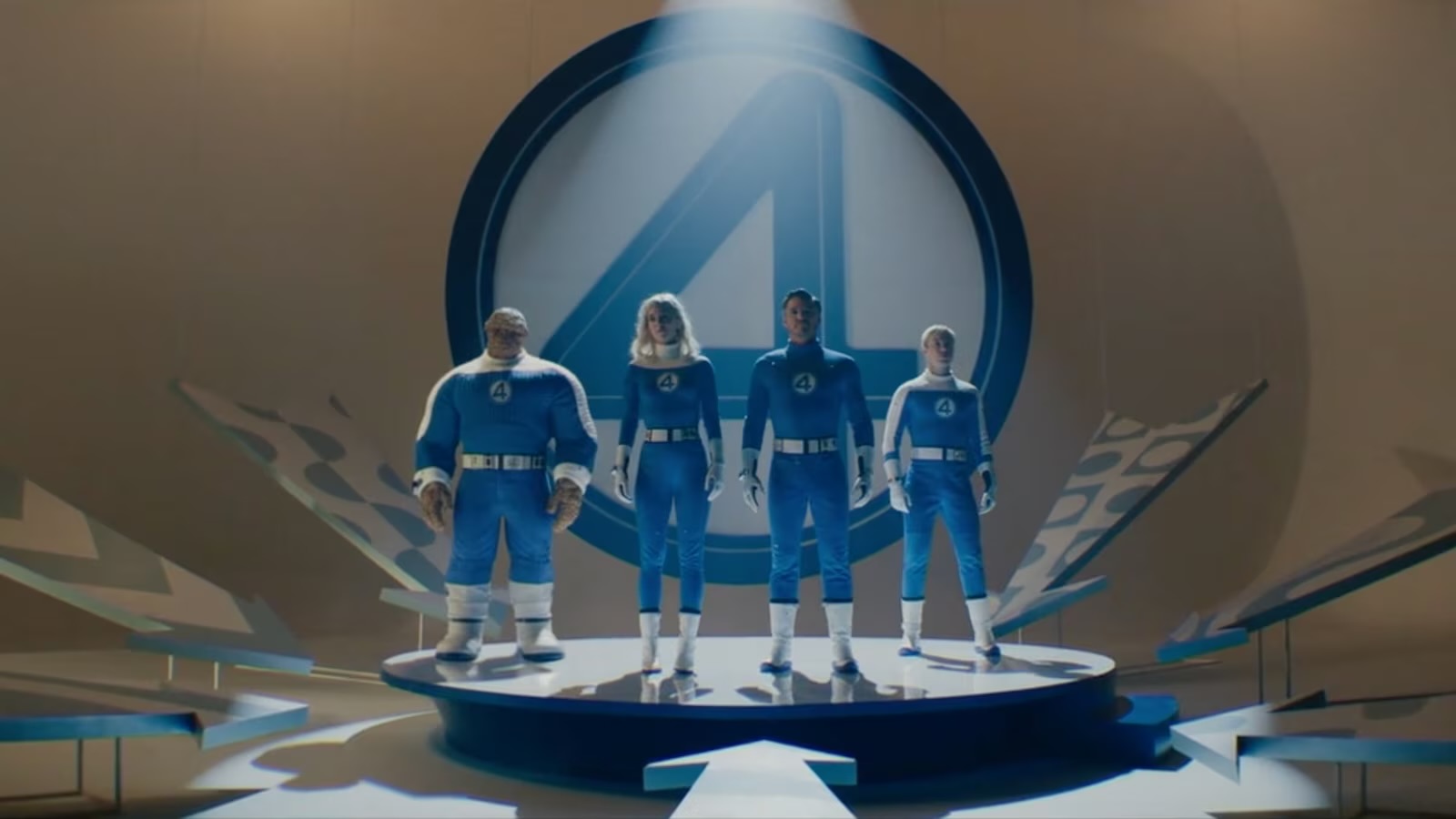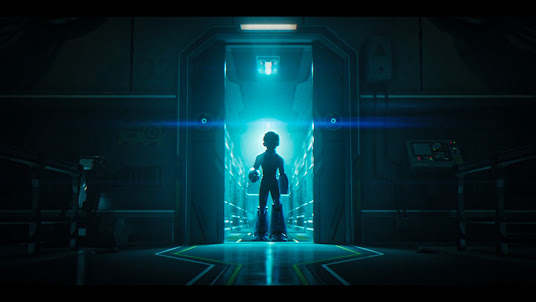In the annals of television history, certain shows emerge as pioneers, pushing the boundaries of storytelling, animation, and technology. One such groundbreaking series that deserves a place of honor in this pantheon is ReBoot. A Canadian CGI-animated television series that first aired in 1994, ReBoot wasn’t just a show; it was a visionary leap into the digital unknown. In this blog post, we will explore why ReBoot was ahead of its time and how its innovative approach laid the foundation for future animated and live-action series.
Early CGI Animation: ReBoot holds the distinction of being one of the first entirely computer-animated television series. In an era dominated by traditional hand-drawn animation, Mainframe Entertainment (now Rainmaker Studios) took a bold step by utilizing state-of-the-art CGI technology to create the show’s characters and environments. This groundbreaking move set “ReBoot” apart from its peers and paved the way for the future of animation.
Inside the Computer: The show’s unique premise was as futuristic as its animation. Set within the inner workings of a computer, ReBoot took viewers on a journey through the digital realm of Mainframe, a bustling city inhabited by anthropomorphic computer programs. This innovative setting allowed the series to explore concepts of artificial intelligence, viruses, and the inner workings of the digital world.

Arc-based Narratives: Long before the era of binge-watching and serialized storytelling became the norm, ReBoot embraced the concept of overarching story arcs. While many animated shows of its time followed a more episodic format, “ReBoot” delivered a continuous narrative that unfolded across multiple seasons. Viewers were treated to evolving character dynamics, ongoing conflicts, and a richly developed world that rewarded dedicated viewership
Character Development: The characters in ReBoot experienced growth, transformation, and faced consequences for their actions, challenging the conventional wisdom that animated shows were primarily for children. This commitment to character development created a narrative depth rarely seen in animated series of the ’90s.

Genre Versatility: ReBoot seamlessly blended genres, incorporating elements of action, drama, comedy, and even horror. This versatility allowed the show to appeal to a broad audience, transcending age categories and making it a standout in the landscape of children’s programming.
Pop Culture Homages: ReBoot was a treasure trove of pop culture references and Easter eggs. From nods to classic movies and video games to witty dialogue that appealed to adults as much as children, the show was a testament to the creative team’s understanding of their diverse audience. In an era before the mainstream acceptance of geek culture, ReBoot embraced it wholeheartedly.

Technological Innovation: The technical achievements of ReBoot laid the groundwork for advancements in CGI animation. Its success demonstrated the potential of computer-generated imagery for television, influencing subsequent animated shows to explore the possibilities of digital animation.
Legacy in Animation: The show’s legacy is evident in the trajectory of Mainframe Entertainment and its contributions to the animation industry. The studio continued to produce CGI-animated series and feature films, further solidifying its reputation as a trailblazer in the world of animation.
/cdn.vox-cdn.com/uploads/chorus_asset/file/13076567/cast1st.0.0.1434470395.jpg)
ReBoot was not just a television show; it was a visionary exploration of the digital frontier that dared to be different. Its groundbreaking use of CGI animation, serialized storytelling, genre versatility, and pop culture references made it a trailblazer in the landscape of animated television. As we look back on the legacy of ReBoot, it’s clear that its influence continues to resonate in the world of animation and beyond. It was not only ahead of its time but also a timeless testament to the boundless possibilities of storytelling in the digital age.




